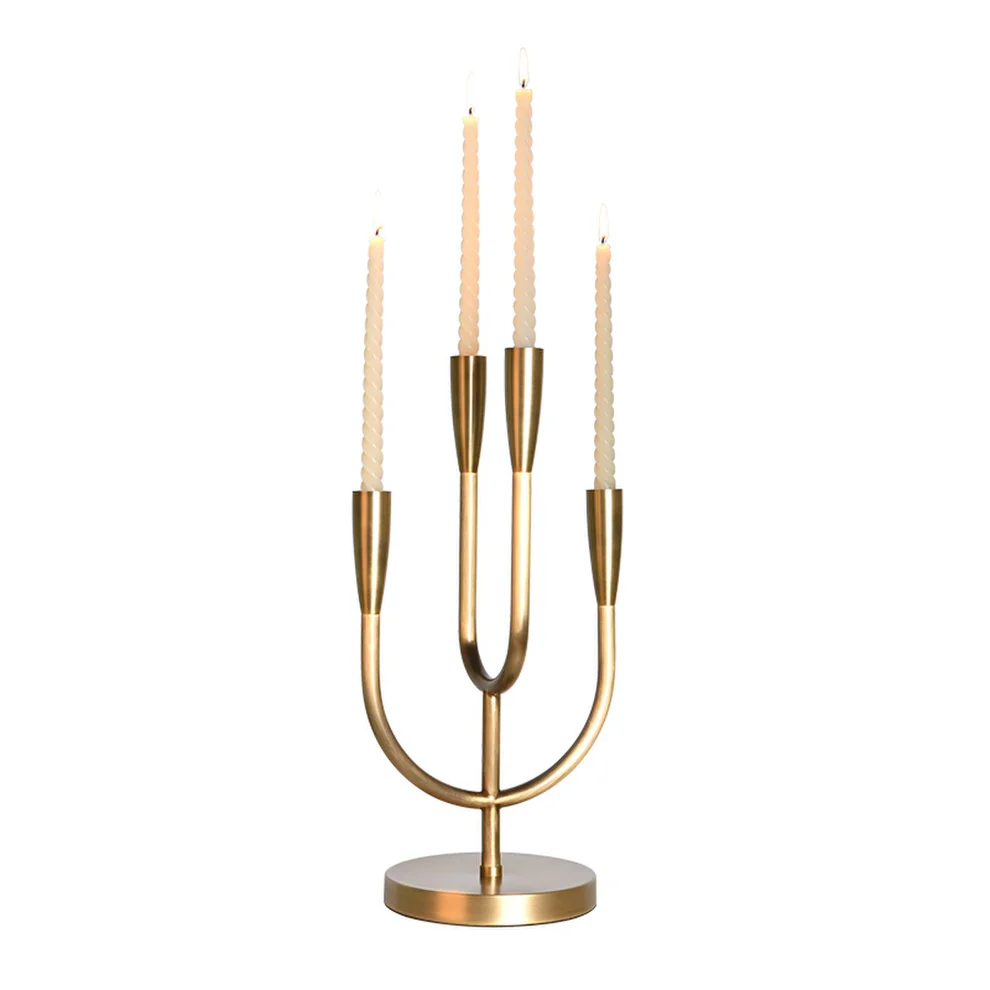Ultimate Guide to Art Display Lighting Solutions: Enhancing Your Artwork
Ultimate Guide to Art Display Lighting Solutions: Enhancing Your Artwork
Art Display Lighting Solutions: Illuminate Your Creations
When showcasing artwork, the right lighting can make all the difference. Art display lighting solutions are essential for highlighting the beauty and intricacies of any piece, whether it’s a painting, sculpture, or photography. This comprehensive guide will delve into the various types of lighting solutions available, their benefits, and how to effectively use them to create stunning displays.
Why Lighting Matters in Art Displays
Lighting is a crucial component in displaying art, as it can drastically affect how colors, shapes, and textures are perceived. The right lighting enhances the viewer's experience by directing their attention to key elements of the artwork. Moreover, proper illumination can also prevent damage caused by ultraviolet (UV) rays. Understanding the principles of art display lighting solutions will allow you to make informed choices that benefit your work.
Types of Art Display Lighting Solutions
There are several types of lighting solutions to consider for art displays, each with its own advantages:
| Type of Lighting | Description | Advantages |
| Track Lighting | Flexible lighting system that can be adjusted to highlight specific artworks. | Customizable and easy to install. |
| Spotlights | Focused beams of light that illuminate specific areas or pieces. | Creates dramatic effects and enhances details. |
| LED Lighting | Energy-efficient lights that come in various color temperatures. | Long-lasting and environmentally friendly. |
| Wall Washers | Evenly distribute light across a wall, highlighting multiple pieces. | Creates an immersive display area. |
| Ambient Lighting | General lighting that provides overall illumination for a space. | Sets the mood without overshadowing individual artworks. |
Choosing the Right Art Display Lighting Solutions
When choosing the best lighting for your artworks, consider the following factors:
- Type of Art: Different types of artwork may require different lighting approaches. For example, oil paintings might benefit from softer, diffuse lighting, while sculptures may need focused spotlights.
- Location: Consider where the artwork will be displayed. Natural light can impact how artificial lighting is perceived. Ensure that your lighting complements the existing light sources.
- Color Temperature: Light comes in different color temperatures, measured in Kelvin (K). Warmer lights (2700K-3000K) enhance reds and yellows, while cooler lights (4000K and above) bring out cooler blues and greens.
- Artwork Protection: Avoid using lights that emit UV rays, as they can damage artwork over time. Opt for UV-filtered lighting solutions whenever possible.
Installation Tips for Art Display Lighting Solutions
To achieve the best results, pay attention to the installation of your lighting:
- Height and Angle: Position lights at angles that minimize glare and shadows on the artwork. Track lights can be adjusted to different positions for optimal effect.
- Distance: Keep lights at least 1-2 feet away from the artwork to prevent heat damage and provide a controlLED Light dispersion.
- Sensitivity Testing: Test different lighting setups before finalizing the arrangement. Move lights around and adjust settings to see how it affects the artwork.
Maintenance of Art Display Lighting Solutions
Keeping your lighting in top condition prolongs its lifespan and effectiveness. Here are some maintenance tips:
- Regular Cleaning: Dust and dirt can affect the quality of your lighting. Regularly clean fixtures and bulbs to ensure optimal luminosity.
- Check for Damage: Periodically inspect the wiring and fixtures for any signs of damage or wear to prevent fire hazards.
- Replace Bulbs Promptly: If a bulb burns out, replace it with one that matches the color temperature and brightness of the other lights.

Creative Applications of Art Display Lighting Solutions
Art display lighting can be creatively applied in various environments:
In Galleries
Many galleries use track lighting to spotlight individual artworks. By adjusting the angles and brightness, curators can draw attention to significant pieces while ensuring a balanced overall illumination throughout the space.
In Homes
Homeowners can create stunning displays of their personal art collections. Using ambient lighting in combination with spotlights allows for versatile setups that reflect personal taste and aesthetic.
In Commercial Spaces
For businesses, using art to enhance your space can influence customer perceptions. Implementing effective lighting solutions helps to create an inviting atmosphere, encouraging longer visits and increased sales.
Common Questions About Art Display Lighting Solutions
Below are some frequently asked questions related to art display lighting:
1. What are the best types of lights for displaying art?
The best types of lights include LED Lights for their energy efficiency, track lights for flexibility, and spotlights for highlighting specific pieces. The choice will depend on the specific requirements of the art being displayed.
2. How can I minimize heat damage to my artwork?
To minimize heat damage, use LED Lights that emit less heat compared to traditional bulbs, and ensure that lights are positioned at a safe distance from the artwork.
3. How often should I change my display lighting?
It is advisable to change display lighting based on the lifespan of the bulbs used; typically, LED bulbs can last up to 25,000 hours. Regularly review the effectiveness of lighting and replace as needed to maintain quality.
Conclusion
In conclusion, selecting the right art display lighting solutions is pivotal in enhancing the visual appeal of any artwork. Lighting not only showcases the beauty of pieces but also protects them from potential damage caused by inappropriate illumination. Take the time to understand your artwork and the space in which it will be displayed to choose the best lighting options. Remember to maintain your lighting for optimal performance and explore creative ways to implement it within your display settings. Following these guidelines will help you create striking environments that captivate audiences and elevate your artistic expressions.
